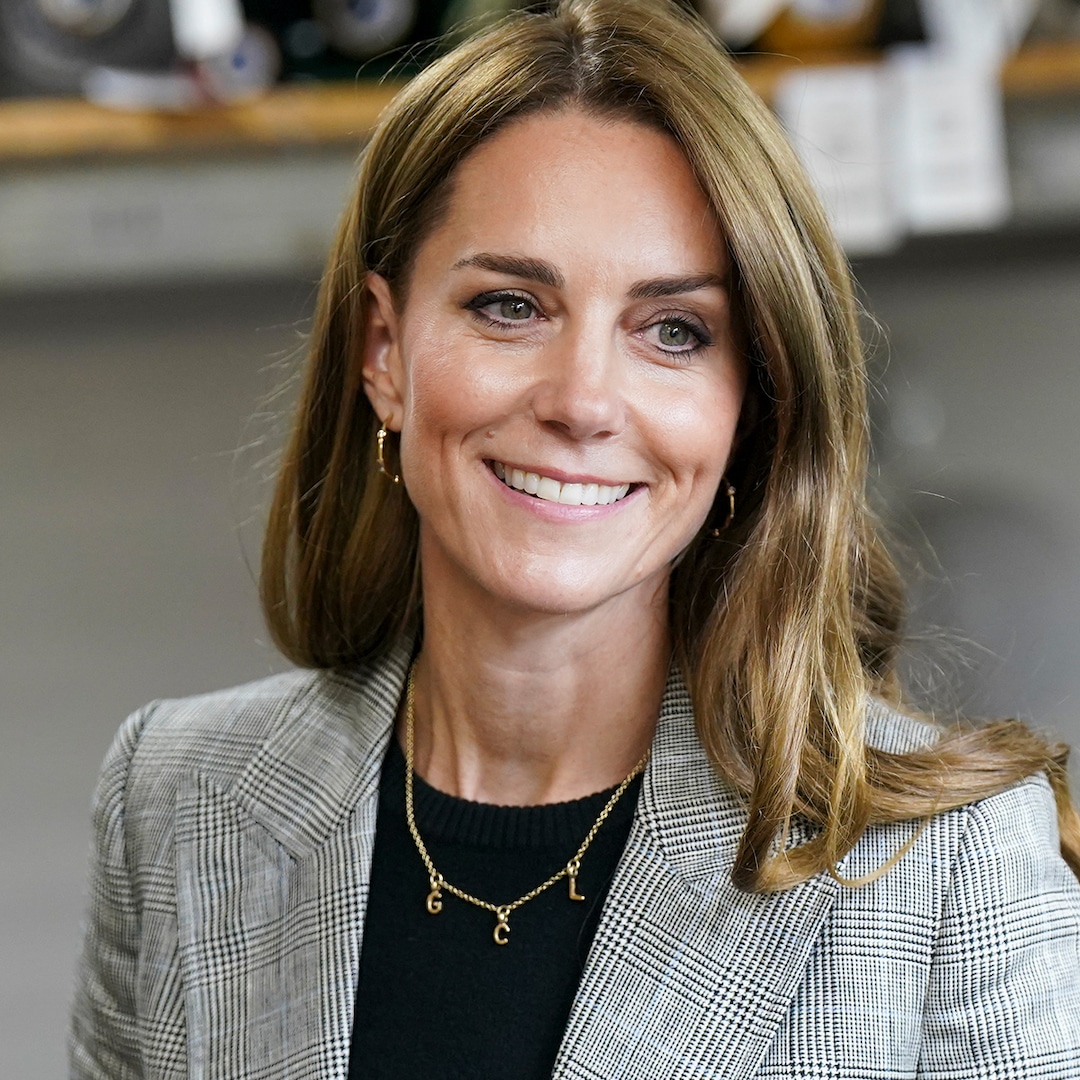Why recycling alone won’t solve the EU’s plastic struggle

From stuck-on bottle caps to new return and reuse systems, Europe is testing small fixes for a big problem: the ongoing battle against plastic waste.
According to the latest data, EU countries produced almost 16 million tons of plastic packaging waste in 2023.
The average EU citizen produced almost 180 kilograms of packaging waste that year. Around one-fifth of it was plastic packaging.
The EU has already introduced bans on single-use items like straws and cups, exchanging them with paper ones. But while praised in Brussels as a leap forward, experts say it’s not the perfect solution.
“Replacing single use plastic with single use paper doesn’t solve the problem. It only makes it worse. The single use paper has plastic in it. It also causes deforestation, etcetera. So, there’s lots of measures that could be better,” said Joan Marc Simon, Founder of Zero Waste Europe
The EU’s Packaging and Packaging Waste Regulation sets specific targets for the collection of single-use beverage bottles, aiming for 90 percent collection by 2029. It also encourages the introduction of so-called Deposit Return Systems in all EU member states.
A global problem needs a global solution, but a recent United Nations attempt to create a plastics treaty ended with no deal.
“Plastic pollution leaks into the air, into the water, into the soils, and then it gets shipped all over the world. So we’ve decided and everyone has proven that this cannot be dealt with at the national level,” said Mariana López Dávila, Head of Circular Economy & Nature at ECOS.
In this video, the European Newsroom (enr) examines the progress being made towards more effective recycling and reuse practices among its member states, and explores potential solutions that could serve as a model for countries worldwide.












































